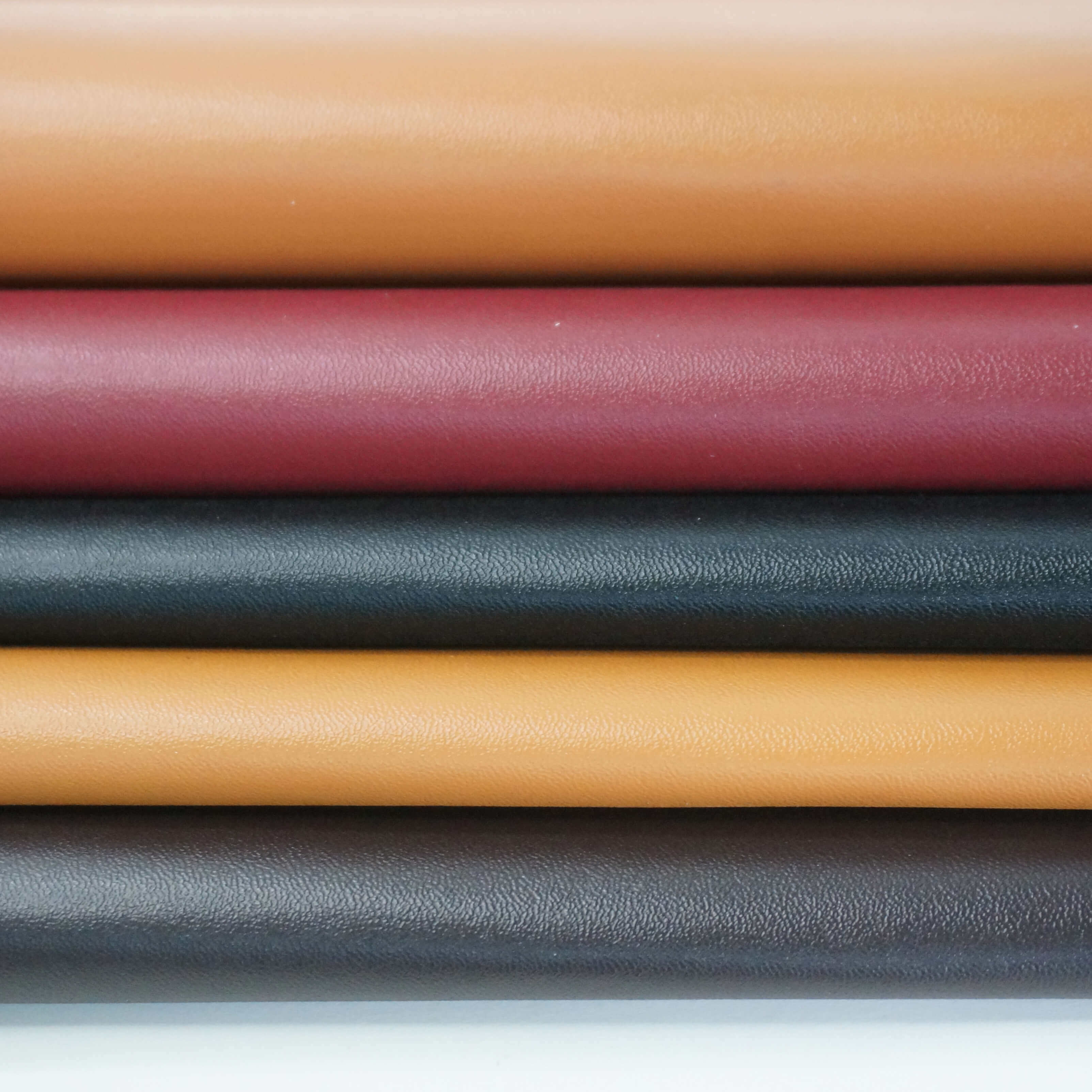Email format error
Email cannot be empty
Email already exists
6-20 characters(letters plus numbers only)
The password is inconsistent
Email format error
Email cannot be empty
Email does not exist
6-20 characters(letters plus numbers only)
The password is inconsistent

News

What is synthetic PU leather? A Comprehensive Exploration
Introduction to Synthetic PU Leather
Synthetic PU leather, often recognized as a viable alternative to genuine leather, has carved a distinct niche in various industries. This man-made material serves as a testament to human innovation, addressing both functional and aesthetic needs. As concerns about sustainability and ethical practices rise, the quest for alternatives becomes paramount, leading us to delve deeper into the realm of synthetic PU leather.
Composition and Manufacturing Process
At its core, synthetic PU leather comprises a blend of materials meticulously crafted to mimic the texture and appearance of genuine leather. Typically, the production process commences with sourcing raw materials like polyurethane, a polymer renowned for its versatility. Through specialized techniques, manufacturers transform these raw components into sheets or rolls, embedding patterns and textures reminiscent of authentic leather grains.
Properties and Characteristics
When examining the properties of synthetic PU leather, several attributes stand out. Notably, its durability and flexibility make it a preferred choice for diverse applications, from fashion accessories to automotive upholstery. Additionally, its chemical resilience, encompassing resistance to water and UV rays, enhances its longevity and aesthetic appeal. However, juxtaposing synthetic PU leather with its genuine counterpart reveals nuanced distinctions, necessitating informed decision-making based on specific requirements.
Environmental and Ethical Considerations
Navigating the landscape of environmental and ethical considerations, synthetic PU leather presents a multifaceted narrative. While its production offers a semblance of sustainability by reducing reliance on animal-derived materials, questions persist regarding its ecological footprint. Moreover, ethical dilemmas surrounding animal welfare intersect with broader conversations about responsible consumption, prompting stakeholders across industries to reassess practices and prioritize transparency.

Applications and Usage Scenarios
From the fashion runways of Paris to the interiors of modern automobiles, synthetic PU leather finds applications across diverse domains. Its versatility and adaptability resonate with designers, craftsmen, and consumers alike, fostering innovation and creativity. Whether adorning luxury handbags or enhancing ergonomic furniture designs, the material's inherent qualities facilitate unparalleled customization and aesthetic coherence.
Maintenance, Care, and Longevity
Ensuring the longevity of synthetic PU leather necessitates adherence to specific maintenance protocols. Unlike genuine leather, which may require specialized care, synthetic alternatives offer greater flexibility in cleaning and preservation. By employing mild cleaning agents and avoiding harsh chemicals, individuals can extend the lifespan of their synthetic PU leather products, thereby maximizing value and utility.
Economic Implications and Market Trends
As economic landscapes evolve, the cost-effectiveness of synthetic PU leather relative to genuine alternatives emerges as a salient consideration. Market trends indicate a growing preference for sustainable and cost-efficient materials, positioning synthetic PU leather as a formidable contender in global markets. Factors such as consumer demand, technological advancements, and regulatory frameworks further influence production dynamics, fostering collaboration and innovation among industry stakeholders.
Consumer Perception and Reviews
Consumer perceptions of synthetic PU leather span a spectrum of perspectives, shaped by personal experiences, cultural influences, and market dynamics. While some applaud its affordability and aesthetic appeal, others scrutinize its environmental impact and longevity. Reviews from diverse consumer demographics offer invaluable insights, highlighting the need for continuous dialogue, research, and innovation to address emerging challenges and opportunities.
Conclusion
In summary, synthetic PU leather encapsulates a complex tapestry of innovation, sustainability, and versatility. By understanding its composition, properties, applications, and implications across various domains, stakeholders can navigate evolving landscapes with confidence and foresight. As we continue to explore alternatives to traditional materials, synthetic PU leather remains a compelling testament to human ingenuity, promising continued advancements and contributions to global industries and ecosystems.

